China : Unmatched Growth and Innovation
China holds a commanding 8.0% market share in the APAC smart solar sector, valued at approximately $50 billion. Key growth drivers include aggressive government policies promoting renewable energy, significant investments in solar technology, and a robust manufacturing base. Demand is surging due to urbanization and industrialization, with initiatives like the 14th Five-Year Plan emphasizing clean energy. Infrastructure development, particularly in solar farms and grid integration, is also pivotal.
India : Government Initiatives Fuel Growth
Key markets include states like Rajasthan, Gujarat, and Maharashtra, which are leading in solar capacity. The competitive landscape features major players like JinkoSolar and Trina Solar, alongside local firms. The business environment is improving, with streamlined regulations and financing options. Solar applications are expanding in residential, commercial, and agricultural sectors, enhancing energy access and sustainability.
Japan : Technological Advancements Drive Market
Key markets include Tokyo, Osaka, and Fukuoka, where urban solar installations are prevalent. The competitive landscape features strong local players like Canadian Solar and Enphase Energy. Japan's business environment is characterized by a high level of consumer awareness and demand for quality. Solar applications are particularly strong in residential and commercial sectors, with a growing interest in smart grid technologies.
South Korea : Strong Government Support and Innovation
Key markets include Seoul and Busan, where solar installations are rapidly increasing. Major players like LONGi Green Energy and SMA Solar Technology are prominent in the competitive landscape. The business environment is conducive to innovation, with a focus on smart solar solutions and energy storage. Applications span residential, commercial, and industrial sectors, enhancing energy efficiency and sustainability.
Malaysia : Investment Opportunities on the Rise
Key markets include Selangor and Penang, where solar installations are gaining traction. The competitive landscape features local players alongside international firms like Canadian Solar. The business environment is improving, with supportive regulations and financing options. Solar applications are expanding in residential and commercial sectors, contributing to energy diversification and sustainability goals.
Thailand : Strong Policy Support and Investment
Key markets include Bangkok and Chiang Mai, where solar projects are proliferating. The competitive landscape features both local and international players, including JinkoSolar. The business environment is becoming more favorable, with streamlined regulations and financing options. Solar applications are expanding in residential, commercial, and agricultural sectors, enhancing energy access and sustainability.
Indonesia : Potential for Growth and Development
Key markets include Jakarta and Bali, where solar installations are beginning to gain traction. The competitive landscape is still developing, with local players and some international firms entering the market. The business environment is improving, with supportive regulations and financing options. Solar applications are emerging in residential and commercial sectors, contributing to energy diversification and sustainability goals.
Rest of APAC : Varied Growth Across Sub-regions
Key markets include emerging economies in Southeast Asia and Pacific Islands, where solar potential is significant. The competitive landscape features a mix of local and international players, with opportunities for growth in various sectors. The business environment is diverse, with different regulatory frameworks and market dynamics influencing solar adoption. Applications are expanding in residential, commercial, and industrial sectors, enhancing energy access and sustainability.


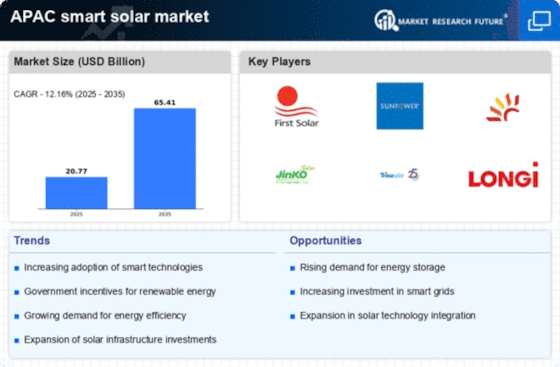

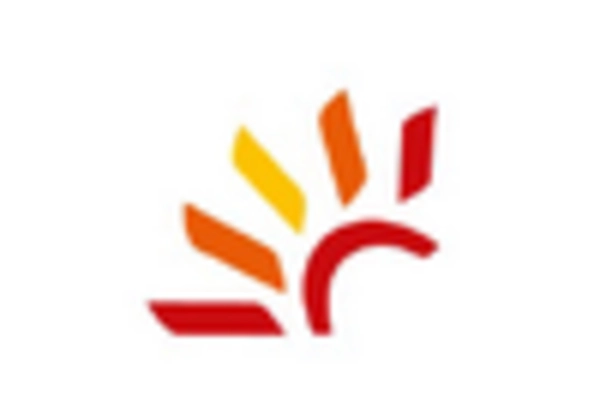

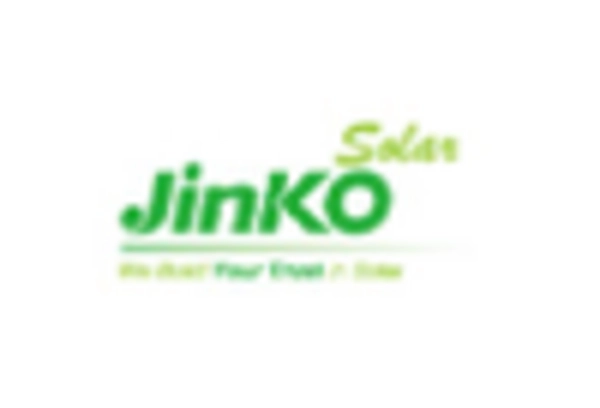

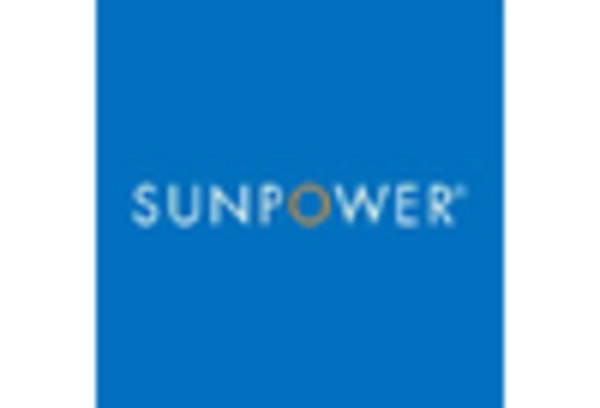
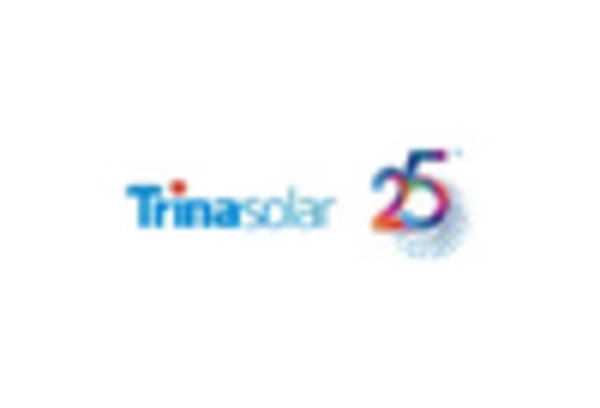








Leave a Comment